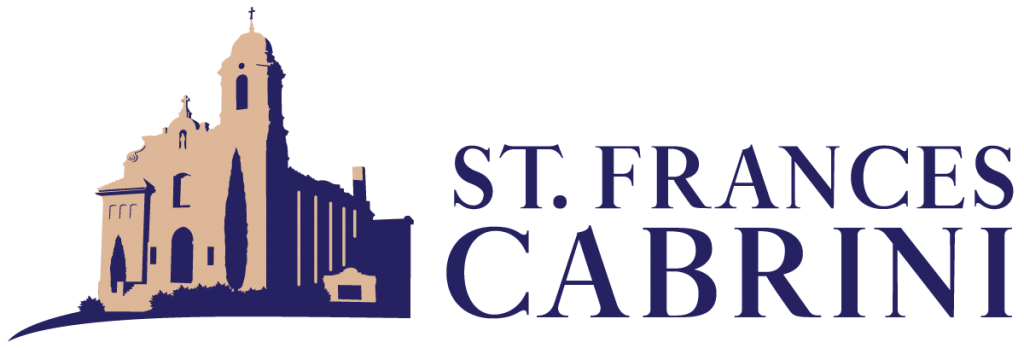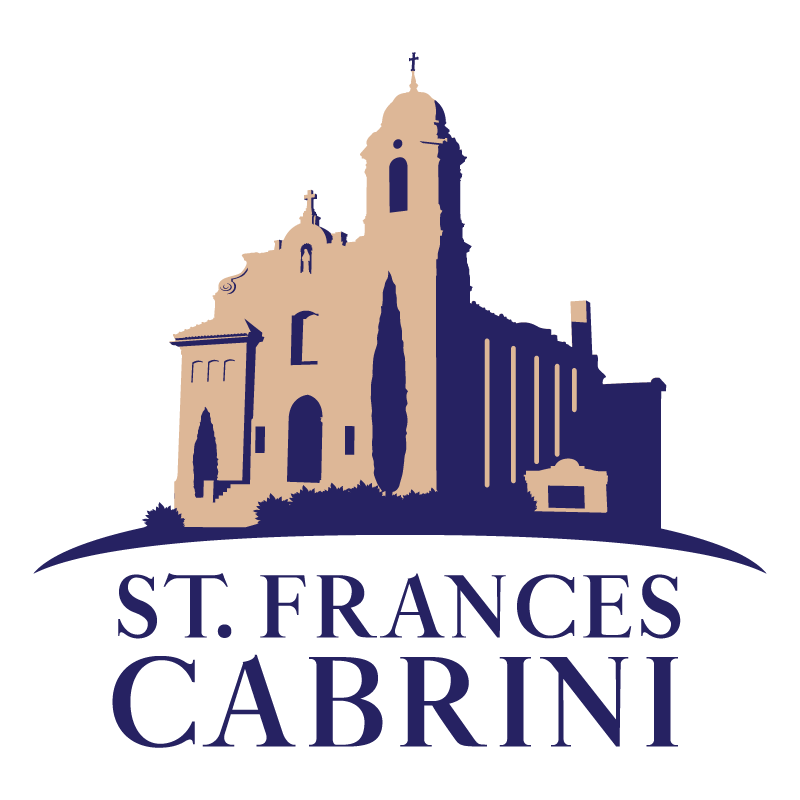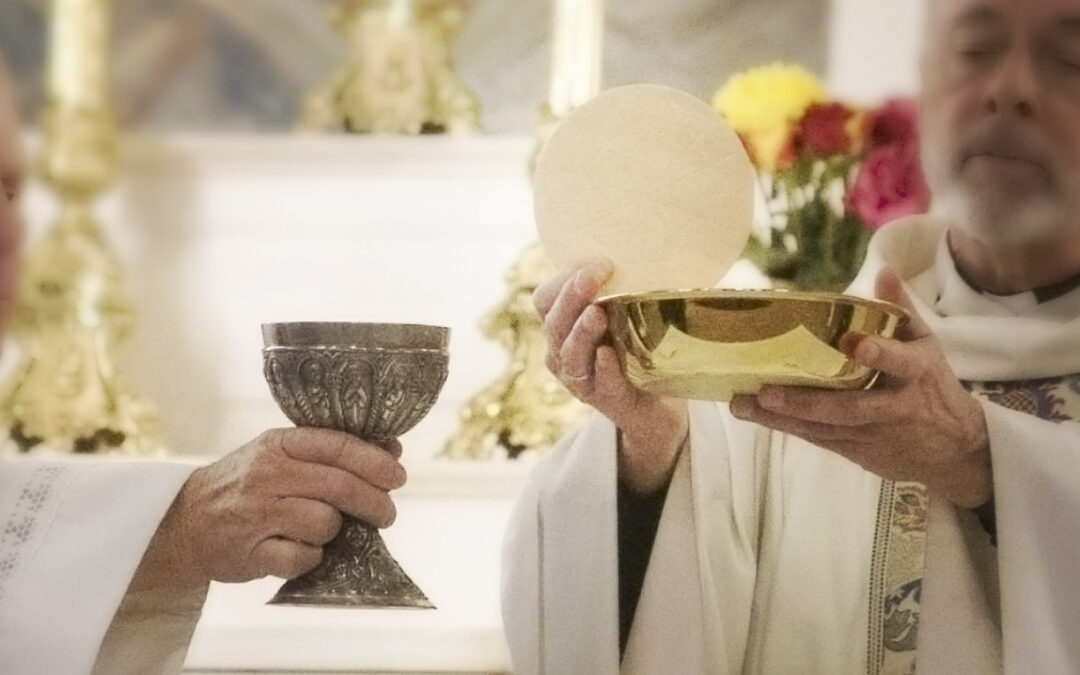Dear Friends,
The feast we celebrate this weekend is one that is very familiar to us. It is one we celebrate every time we come to Mass. Yet it is one so rich in symbolism that we can keep coming back to it again and again.
There is hardly a passage of Scripture with which we are more familiar than these verses. While they were eating, he took bread, said the blessing, broke it, gave it to them, and said, “Take it; this is my body. “Then he took a cup, gave thanks, and gave it to them, and they all drank from it. He said to them, “This is my blood of the covenant, which will be shed for many.”
This meal feeds our deepest hungers. Jesus’ broken body is food for our journey. But even the elements Jesus chose to use for this ritual feast speak of deeper things. Bread made without yeast is a biblical symbol of holiness, yeast being an image of all that puffs up and ultimately spoils. Leavened bread quickly goes bad but unleavened bread lasts a long time. Jesus is for us like dining on holiness. He is a food for our souls that never spoils, that strengthens us, nourishing grace deep within us.
The Gospel today tells us that this meal took place on the Feast of Unleavened Bread. Who but God would think of making a feast of matzoh – crackers! But that is what Jesus is for us – a feast of unleavened bread. God required the Israelites to make unleavened bread before they left Egypt so that they would have food for their journey out of bondage to freedom. Here was bread that would last and not spoil, bread that was perfect for pilgrims. Jesus is that for us – food for our journey to the land of God’s promises, food for the wilderness we all pass through.
Today’s first reading reminds us that in the experience of the Israelite people, blood holds a lot of meaning. Jesus’ use of wine becoming his blood takes his disciples back to their memory of Exodus. Then, having sent certain young men of the Israelites to offer holocausts and sacrifice young bulls as peace offerings to the LORD, Moses took half of the blood and put it in large bowls; the other half he splashed on the altar. Taking the book of the covenant, he read it aloud to the people, who answered, “All that the LORD has said, we will heed and do.” Then he took the blood and sprinkled it on the people, saying, “This is the blood of the covenant that the LORD has made with you in accordance with all these words of his.”
Jesus was teaching them that once again, blood would be shed and a covenant established between God and his people, but this time a Covenant written on hearts and purchased with Jesus’ blood. Scholars suggest that this cup was the third of the four Passover cups, the cup of redemption celebrating God’s promise, I will redeem you with an outstretched arm and with mighty acts of judgment.
Because we hunger for hope, this meal also carries the promise of eternity with Christ. Scholars believe that Jesus had the fourth cup in mind when he spoke, I tell you, I will not drink of this fruit of the vine from now on until that day when I drink it anew with you in my Father’s kingdom. The fourth Passover cup marked God’s promise, I will take you as my own people, and I will be your God. Down through the centuries the Passover liturgy repeats words like these: This year we eat it in the land of bondage; next year in the land of promise.
Brian Pitre points out in his book on Jesus and the Jewish Roots of the Eucharist that when the Last Supper is viewed through Jewish eyes, Jesus did not actually finish his last Passover meal. This is extremely significant. Jesus not only altered the meal by focusing on his own body and blood rather than the flesh of the paschal lamb. He also seems to have deliberately left the Passover liturgy incomplete, by vowing not to drink of the fruit of the vine and by leaving the Upper Room without doing so…so when did he drink the fourth cup? He did not do it in the Upper Room. He did it when he drank the wine offered to him on the cross. He did at the very moment of his death.
Pitre makes the point that Jesus extended his last Passover meal to include his own suffering and death, that by praying that the cup pass him by three times in Gethsemane, Jesus understood his death in terms of the Passover sacrifice, and by waiting to drink the last cup on the cross that Jesus united our celebration of the Eucharist with what happened on Calvary.
Every time we gather for Eucharist we are united with Jesus in an intimate way. A union which leads to being with him now and forever.
Peace,
Fr. Damian



